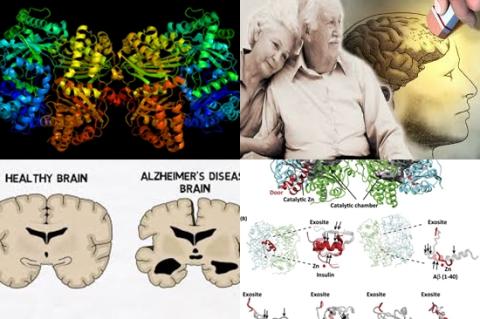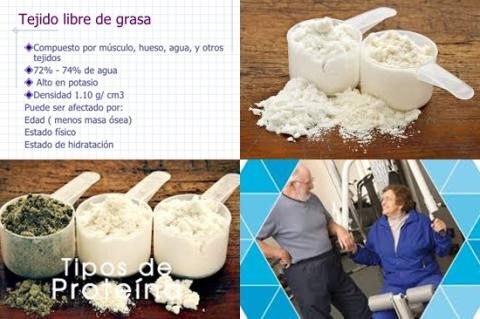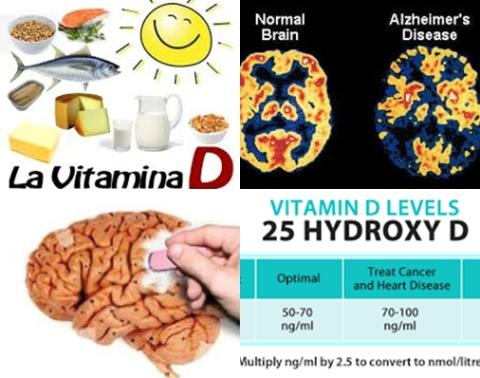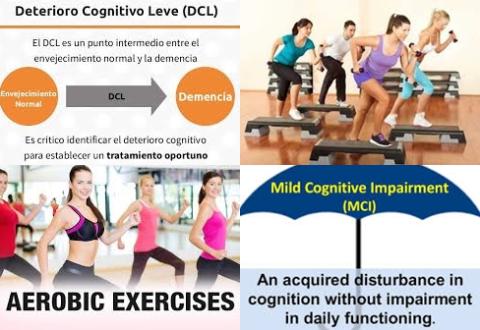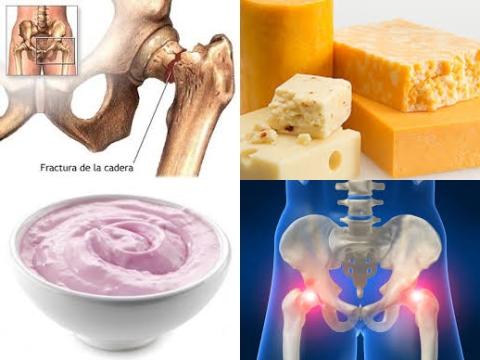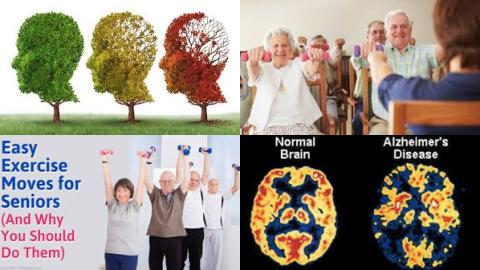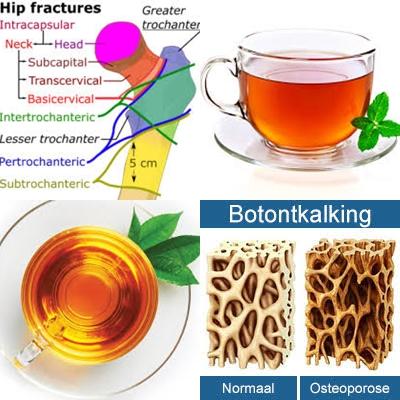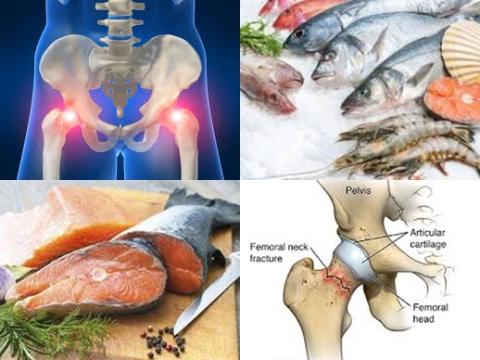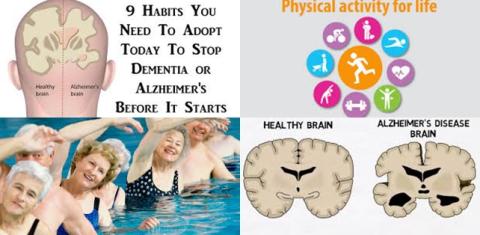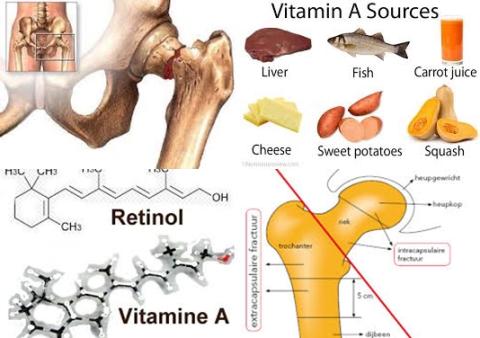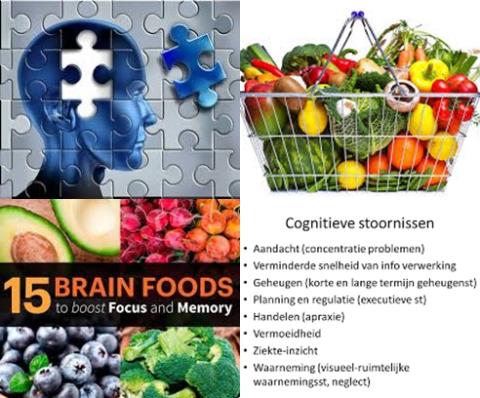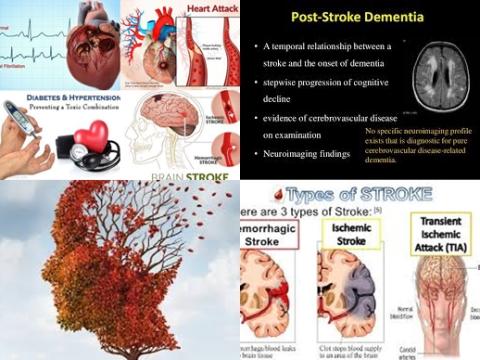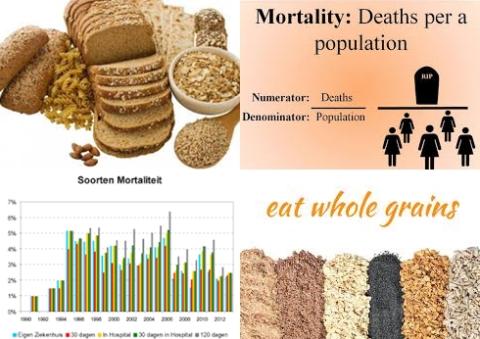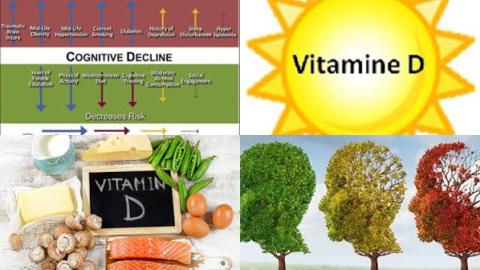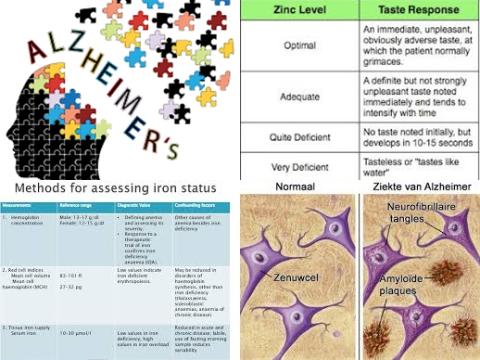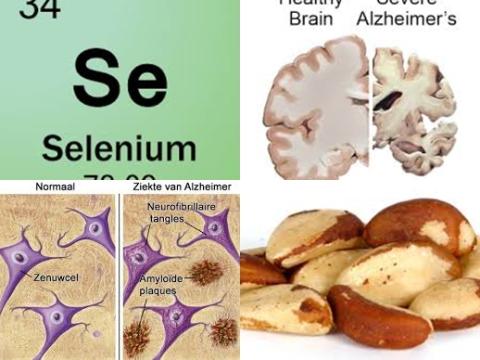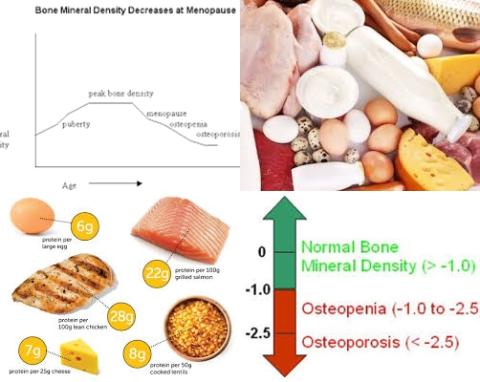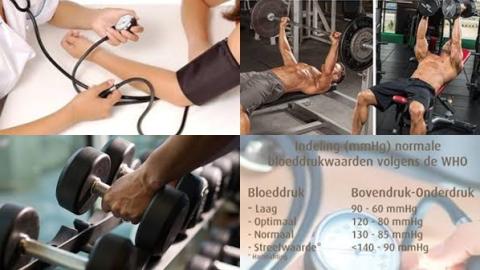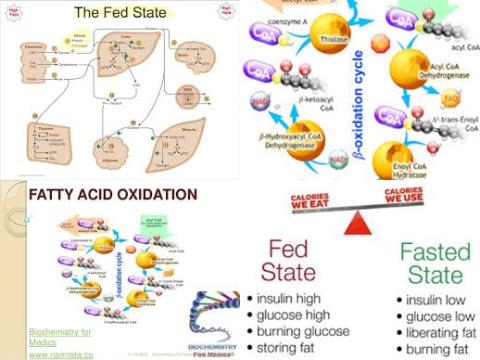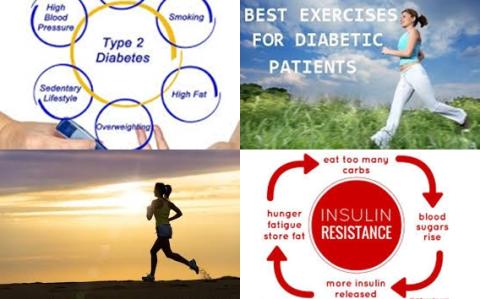Inflammatory markers are associated with an increased risk of all-cause dementia
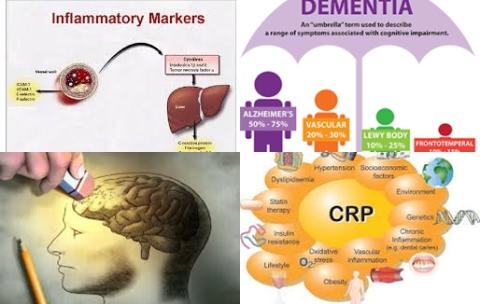
Objectives:
Inflammatory markers are often elevated in patients with dementia, including Alzheimer's disease (AD). However, it remains unclear whether inflammatory markers are associated with the risk of developing dementia. Therefore, this review article has been conducted.
Do inflammatory markers increase risk of dementia and Alzheimer's disease (AD)?
Study design:
This review article included 13 studies in 6 countries.
Results and conclusions:
The investigators found a significantly increased risk of 37% [HR = 1.37, 95% CI = 1.05-1.78] for all-cause dementia for the highest vs. lowest quantile of C-reactive protein. However, this increased risk was not significant for Alzheimer's disease.
The investigators found a significantly increased risk of 40% [HR = 1.40, 95% CI = 1.13-1.73] for all-cause dementia for the highest vs. lowest quantile of interleukin-6. However, this increased risk was not significant for Alzheimer's disease.
The investigators found a significantly increased risk of 54% [HR = 1.54, 95% CI = 1.14-2.80] for all-cause dementia for the highest vs. lowest quantile of α1-antichymotrypsin. However, this increased risk was not significant for Alzheimer's disease.
The investigators found a significantly increased risk of 40% [HR = 1.40, 95% CI = 1.03-1.90] for all-cause dementia for the highest vs. lowest quantile of lipoprotein-associated phospholipase A2 activity. However, this increased risk was not significant for Alzheimer's disease.
The investigators concluded that several inflammatory markers are associated with an increased risk of all-cause dementia; however, these markers are not specific for Alzheimer's disease. Whether inflammatory markers closely involved in Alzheimer's disease pathology are associated with the risk of Alzheimer's disease remains to be elucidated.
Original title:
Inflammatory markers and the risk of dementia and Alzheimer's disease: A meta-analysis by Darweesh SKL, Wolters FJ, […], Hofman A.
Link:
https://www.ncbi.nlm.nih.gov/pubmed/29605221
Additional information of El Mondo:
Find more information/studies on cohort/case-control study/significant and dementia right here.
